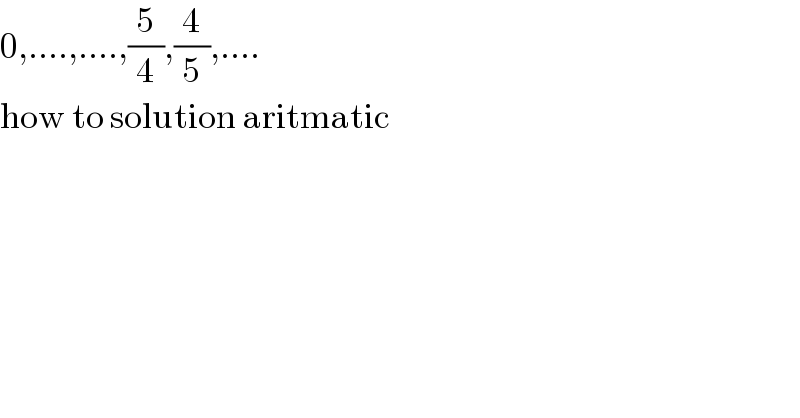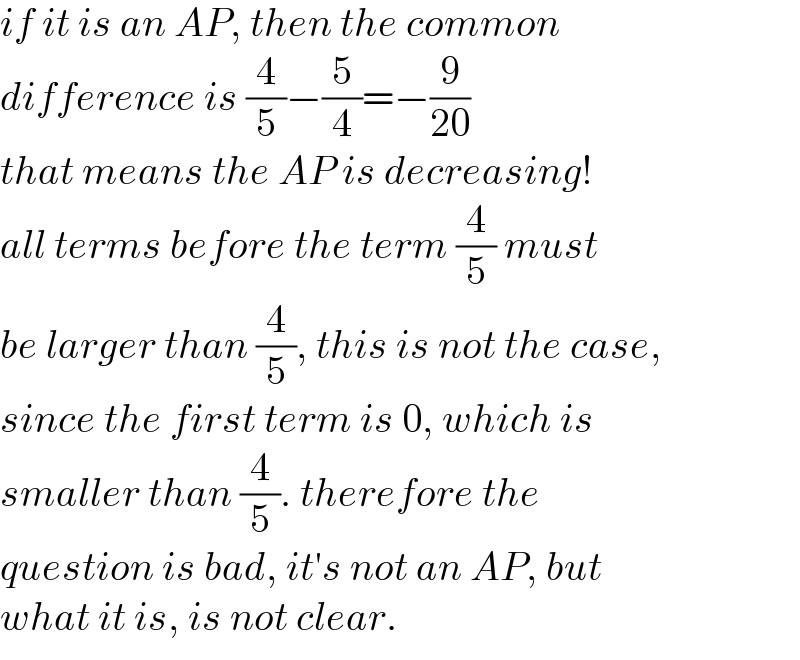
Question and Answers Forum
Question Number 135689 by joki last updated on 15/Mar/21

Commented by liberty last updated on 15/Mar/21

Commented by joki last updated on 15/Mar/21

Commented by mr W last updated on 15/Mar/21

Commented by MJS_new last updated on 15/Mar/21

